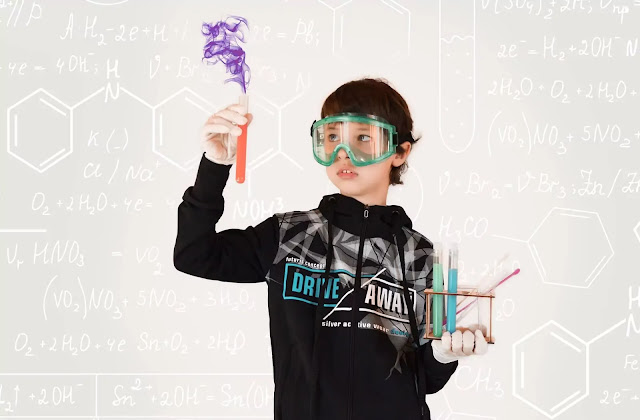Important MCQ Questions for CBSE Class 12 Chemistry Chapter 2 Solutions
Get the practice questions for Chapter-2 Solutions Chemistry class 12
Practice the questions given below and be prepared for exams
Chapter 2 Solutions Chemistry Practice questions
1. What is the osmotic pressure of a solution prepared by dissolving 25mg of K2SO4 in 2 liter of water at 25°C, assuming that it is completely dissociated.
A. 5×10 -2 atm B. 5.8×10-3atm
C 5×10-3atm D. 5.8×10-4atm
2. Benzene and toluene form ideal solution over the entire range of composition .The vapour pressure of pure benzene and toluene at 300 K are 15.71 mm Hg and 32.06 mm Hg respectively .What is the mole fraction of benzene in vapour phase if 80 g of benzene is mixed with 100 g of toluene?
A. 0.4. B. 0.06
C. 0.6. D. 0.5
3. The molarity of a solution obtained by mixing 750 ml of 0.5M HCl with 250 ml of 2M HCL will be
A. 0.875M B. 1.00M
C. 1.75M. D. 0.975M
4. If sodium sulphate is considered to be completely dissociated into cations and anions in aqueous solution, the change in freezing point of water when 0.01 mole of sodium sulphate is dissolved in 1 Kg of water,is
A. 0.372 K B. 0.0558 K
C. 0.0744 K D. 0.0186 K
5. Dissolving 120 g of urea in 1000 g of water gave a solution of density 1.15 g/ml. The molarity of the
solution is
A. 1.78M B. 2.00M
C. 2.05M D. 2.22M
6. Two elements A and B form compounds having formula AB2 and AB4 . When dissolved in 20 g of benzene, 1 g of AB2 lowers the freezing point by 2.3 K , whereas 1.0 g of AB4 lowers it by 1.3 K. The molar depression constant for benzene is 5.1 K Kg/mole.
Atomic masses of A and B respectively are
A. 25.6u, 42.6u B. 23u, 40.01u
C. 42.6u, 25.6u D. 26.2u, 47u
7. A mixture contains 1 mole of volatile liquid A (P°A= 100 mm Hg) and 3 moles of volatile liquid B(P°B=80 mm Hg). If solution behaves ideally, the total vapour pressure of the distillate is
(A) 85 mm Hg (B)85.88 mm Hg
(C)90 mm Hg (D)92 mm Hg
8. Which of the following aqueous solution will show maximum vapour pressure at 300 K?
(A) 1 M NaCl (B) 1 M CaCl2
(C) 1 M AlCl3 b. (D) 1 M C12H22O11
9. The Vanít Hoff factor for a dilute aqueous solution of glucose is
(A) zero. (B) 1.0
(C) 1.5 (D) 2.0
10. The correct relationship between the boiling points of very dilute solution of AlCl3 (T1 K) and CaCl2 (T2 K) having the same molar concentration is
(A) T1 =T2 (B) T1 >T2
(C) T1
11. A 0.001 molal solution of a complex [MA8] in water has the freezing point of -0.0054°C. Assuming 100% ionization of the complex salt and Kf for H2O =1.86Km-1, write the correct representation for the complex
(A) [MA8] (B) [MA7]A
(C) [MA6]A2 (D) [MA5]A3
12. MX2 dissociates into M2+ and X1- ions in an aqueous solution, with degree of dissociation of 0.5.The ratio of the observed depression of freezing point of the aqueous solution to the value of depression of the freezing point in the absence of ionic substance is
(A) 2.5 . (B) 1
(C) 1.5 (D) 2
13. A compound with H2X with molar weight 80 g is dissolved in a solvent having density of 0.4 g/ml.
Assuming no change in volume upon dissolution the molality of 3.2 molar solution is
(A) 7.3 (B) 8
(C) 8.5 (D) 6
14. If the freezing point of a 0.01 molal aqueous solution of a Cobalt(III) chloride-ammonium complex
(which behaves as a strong electrolyte) is -0.0558°C . The number of chloride(s) in the co-ordination
sphere of the complex is
(A) 2 (B) 3
(C) 1 (D) 4
%20(2)%20(1).webp)

Post a Comment